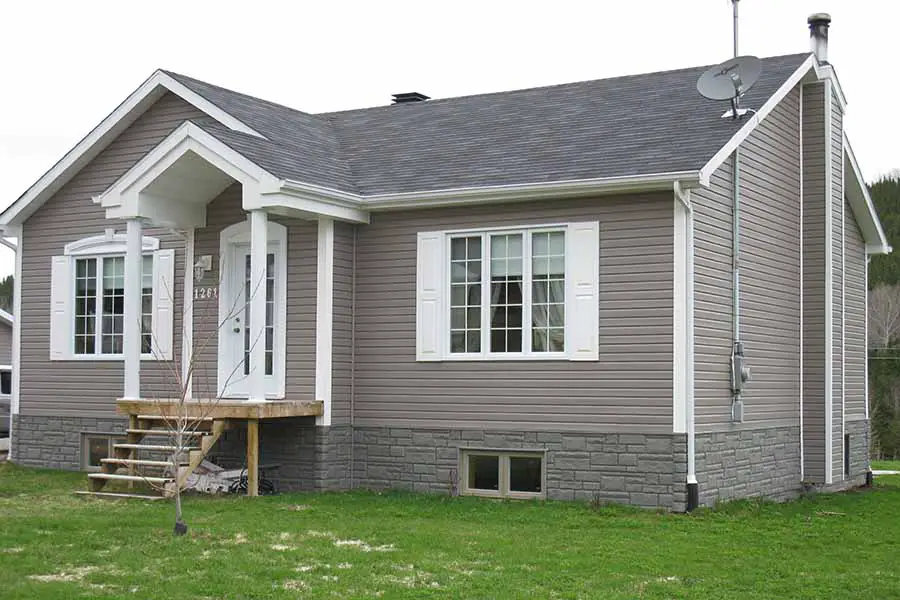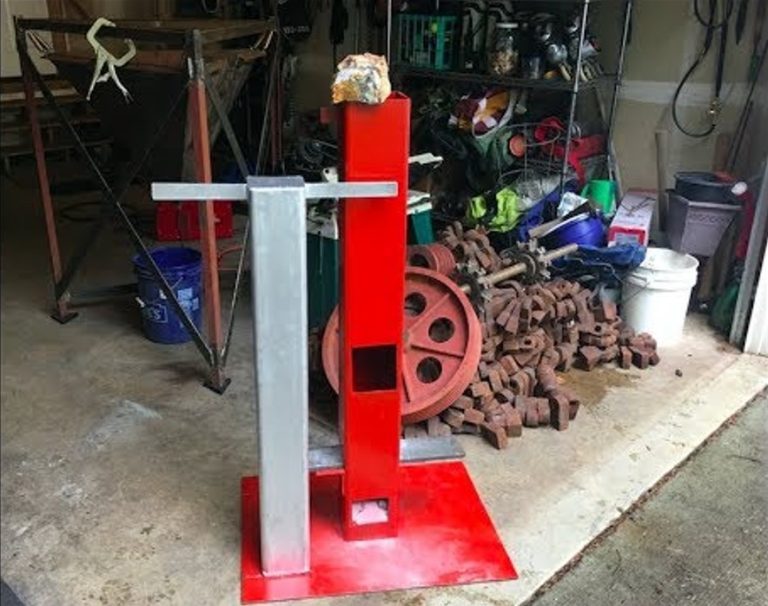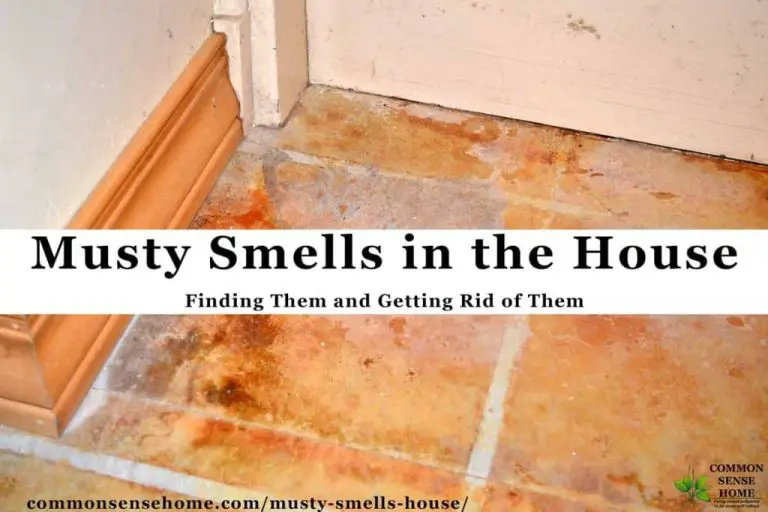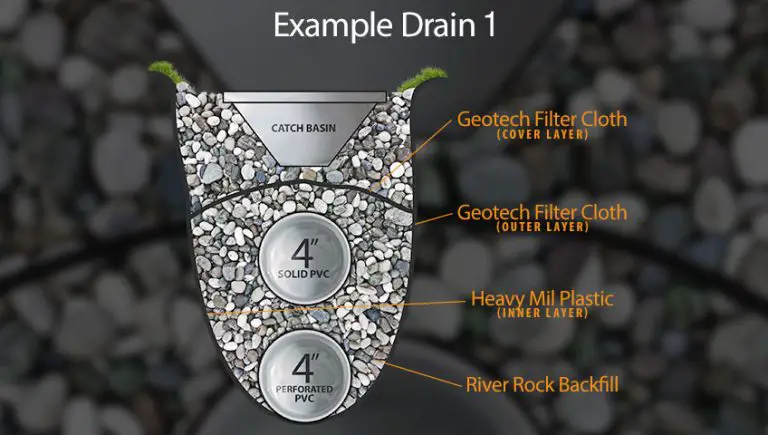What Is Foundation Skirting?
Foundation skirting is a type of skirting material used to cover a building’s foundation walls. It is usually applied to the exterior of the house, either as a single piece of material or as a series of overlapping panels. Foundation skirting helps protect a home from moisture, insects, debris, and other elements that could cause damage. It also improves the overall look of a home, as it adds a finished appearance to the house. Foundation skirting is available in a variety of materials, such as vinyl, wood, metal, and brick.
Foundation Skirting
Foundation skirting is a popular choice among homeowners looking to protect their home’s foundation from pests, moisture, and other potential damage. But what are the benefits of using foundation skirting?
One advantage of foundation skirting is that it can provide additional insulation to the home. By insulating the foundation, it can help keep the interior of the house at a more consistent temperature, reducing energy costs. Foundation skirting can also help reduce noise infiltration, keeping the home more comfortable and peaceful.
Another benefit of foundation skirting is its ability to protect the foundation from pests and moisture. By providing an extra layer of protection around the foundation, skirting can help keep insects, rodents, and other critters from entering the home. It can also help keep out moisture, reducing the chances of water damage to the foundation.
Finally, foundation skirting can help improve the overall look of the home. By adding a neat border around the foundation, skirting can give the home a finished look, increasing its curb appeal and resale value.
While foundation skirting does come with some benefits, it’s important to understand the drawbacks as well. Skirting may require regular maintenance, such as painting or staining, and it can be more expensive than other foundation protection options.
Ultimately, foundation skirting is a great choice for homeowners looking for additional insulation, pest and moisture control, and improved curb appeal. It’s important to weigh the pros and cons before deciding, but foundation skirting can be a great way to protect and improve the home.
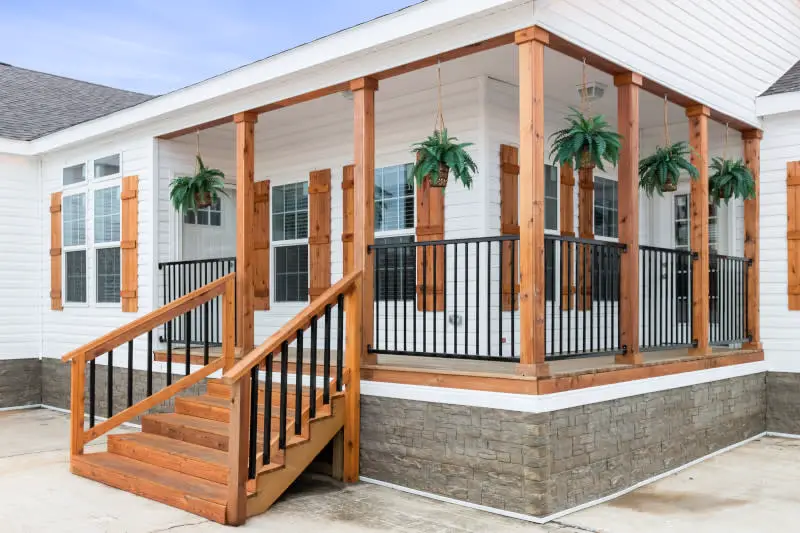
Credit: www.claytonhomes.com
Types of Foundation Skirting
Foundation skirting is an important part of any home’s foundation system. It is designed to provide an aesthetically pleasing and protective barrier between the home and the ground, as well as to provide a secure point of attachment for any structural elements of the home. There are several different types of foundation skirting available, each of which offers different benefits and drawbacks.
One type of foundation skirting is a pre-fabricated, metal skirt. This type of skirting is often used for homes built on concrete slabs, as it provides a strong, durable, and relatively low-cost way to protect the foundation from moisture and pests. Metal skirting also allows easy access to the foundation should repairs or other maintenance be needed.
Another type of foundation skirting is lattice skirting. This type of skirting is a more aesthetically pleasing option for homes that do not have a concrete slab, as it provides a more finished look and can be decorated with plants, stone, or other features. It can also be more difficult to access for repairs, however, so it is generally used for aesthetic purposes only.
Finally, timber skirting is a popular choice for many homes. This type of skirting is durable, attractive, and provides an effective barrier against moisture and pests. It is also relatively easy to install and maintain.
Regardless of the type of foundation skirting chosen, it is important to ensure that any skirting is properly installed and maintained to ensure its effectiveness and longevity. By understanding the different types of skirting available and the benefits and drawbacks of each, homeowners can make an informed decision about which type of skirting is the best choice for their home.
Materials Used in Foundation Skirting
Foundation skirting, or underpinning, is an important feature of many homes. It is used to provide foundation support, prevent water damage, and improve the overall aesthetic of the home. But what types of materials are typically used in foundation skirting?
Wood is one of the most popular materials used for foundation skirting. It is strong, durable, and relatively easy to install. It can also be painted to match the exterior of the home. However, it is important to use treated wood if the skirting will be near any moisture or exposed to the elements.
Another popular material used for foundation skirting is stone. Stone offers a classic look and is very durable. It also provides a strong foundation support and helps protect the home from water damage. However, it can be expensive and difficult to install.
Vinyl is another popular option for foundation skirting. It is affordable, easy to install, and comes in a variety of colors and styles. It also offers a low-maintenance solution and helps prevent water damage. However, it may not be the best choice for areas that experience extreme temperatures.
Finally, metal is another common material used for foundation skirting. It is strong, durable, and can be painted any color. It is also relatively easy to install and offers a low-maintenance solution. However, it is more expensive than other options and may require extra maintenance.
No matter which material you choose, foundation skirting is an important feature of many homes. It helps protect the home from water damage, improves the overall aesthetic, and provides foundation support. Consider all of your options before making a decision.

Installation Considerations for Foundation Skirting
Foundation skirting, also known as underpinning, is an important element of any building’s foundation. It serves to protect the structure from the elements and prevent water damage. When selecting a foundation skirting, there are several important considerations you need to take into account.
Durability is an important factor to consider when selecting a foundation skirting. You’ll want a material that is strong enough to withstand the harsh outdoor environment. Common materials used for foundation skirting include stone, brick, and concrete. Each of these materials will have different levels of durability, so it’s important to choose one that will be able to withstand the elements.
The cost of the foundation skirting is also an important factor to consider. Stone and brick can be quite expensive, while concrete is more affordable. It’s important to select a material that fits within your budget and will last for many years.
The installation of foundation skirting can also be a challenge. The material must be correctly installed to ensure the structure is properly protected. Professional installation is highly recommended to ensure that the job is done correctly.
Finally, you’ll want to consider the aesthetics of the foundation skirting. Different materials can be stained or painted to match the look of the building, which can help enhance the overall look of the building.
Foundation skirting is an important element of any building’s foundation. It’s important to carefully consider your options and select the best material and installation method for your needs. Doing so will help ensure that your structure is properly protected from the elements and looks great for years to come.
Maintenance Requirements for Foundation Skirting
Foundation skirting is a protective covering that is installed around the base of a structure to prevent water and other elements from entering the home or building. It is designed to provide a barrier between the foundation and the ground. Skirting is typically made of metal, plastic, wood, vinyl, or masonry materials. While skirting is an effective way to keep water and pests out of the structure, it must be properly maintained to ensure it continues to work correctly.
Maintenance requirements for foundation skirting will vary depending on the type of material used. Metal skirting requires regular painting and caulking to prevent rust and corrosion. Vinyl skirting should be inspected regularly for any signs of damage, and repairs should be made as needed. Wood skirting should be stained or painted to protect it from the elements. Masonry skirting should be sealed to protect it from water infiltration and damage.
In addition, all skirting should be inspected regularly for any signs of damage, pests, or other issues. Any repairs should be done as soon as possible to prevent further damage and ensure the structure remains safe and secure. Regular maintenance and inspection of foundation skirting is the best way to protect the integrity of the structure and its foundation.
Troubleshooting Foundation Skirting
Foundation skirting is an essential element of any home’s construction and requires regular maintenance to stay in top shape. However, even with regular upkeep, problems can arise. This article will help you identify common issues with foundation skirting and provide tips for troubleshooting them.
It’s important to keep an eye out for signs of foundation skirting damage. These include cracking, warping, and water damage. If you notice any of these, act quickly to prevent more extensive problems. If the damage is extensive, you may need to replace the skirting.
Another common issue is the growth of vegetation near foundation skirting. This can cause the skirting to become unbalanced and even cause it to rot. To prevent this, keep vegetation away from your foundation skirting, and inspect it regularly for signs of damage.
In addition, foundation skirting can be affected by the weather. If you live in an area with extreme temperatures, make sure your foundation skirting can withstand them. Also, inspect your skirting for signs of damage after heavy rain or snow.
Finally, foundation skirting can be damaged by animals and pests. If you notice that animals are living in your skirting, take steps to get rid of them. Additionally, inspect your skirting for signs of damage from insects and other pests.
These tips can help you troubleshoot any issues with your foundation skirting. Remember to inspect your skirting regularly and act quickly if you notice any problems. With the right maintenance and care, you can keep your foundation skirting in top shape.
Cost of Installing Foundation Skirting
Foundation skirting is a popular choice for many homeowners, but it’s important to understand the cost associated with installing such a system. Installing a foundation skirting system can be quite costly, depending on the size of the home and the type of foundation skirting selected. The cost of materials, labor, and installation will vary depending on the type and size of the home. Generally, the cost will be around $2-$3 per square foot, with some higher-end systems costing as much as $10 per square foot.
Additionally, other factors can affect the cost, such as the number of stories, the condition of the foundation, and the type of soil. Additionally, if the home is located in an area with extreme weather conditions, the cost may be higher due to the need for special materials and additional labor.
Homeowners are encouraged to consult with a professional contractor to get an accurate estimate for the installation of a foundation skirting system. This will ensure that the system is installed correctly and that the cost is within budget.
Conclusion
Foundation skirting is an important part of a home’s overall structure and weather protection. It provides support for the foundation wall, prevents dirt and debris from entering the home, and can also help insulate the area below the foundation. Foundation skirting is a cost-effective way to protect your home and can be installed with a few tools and materials.

